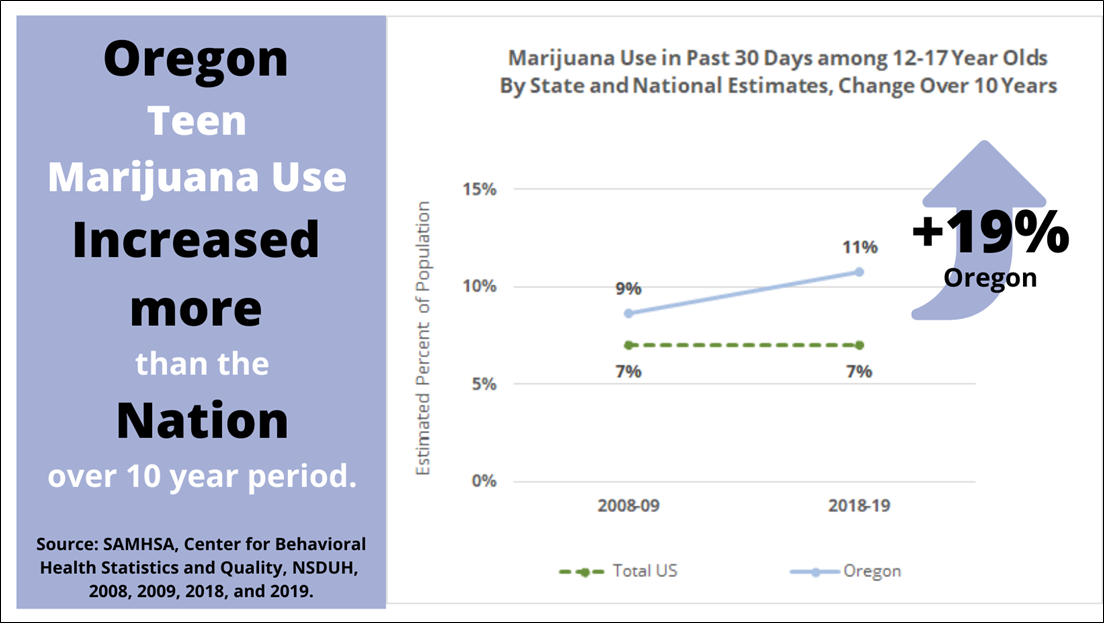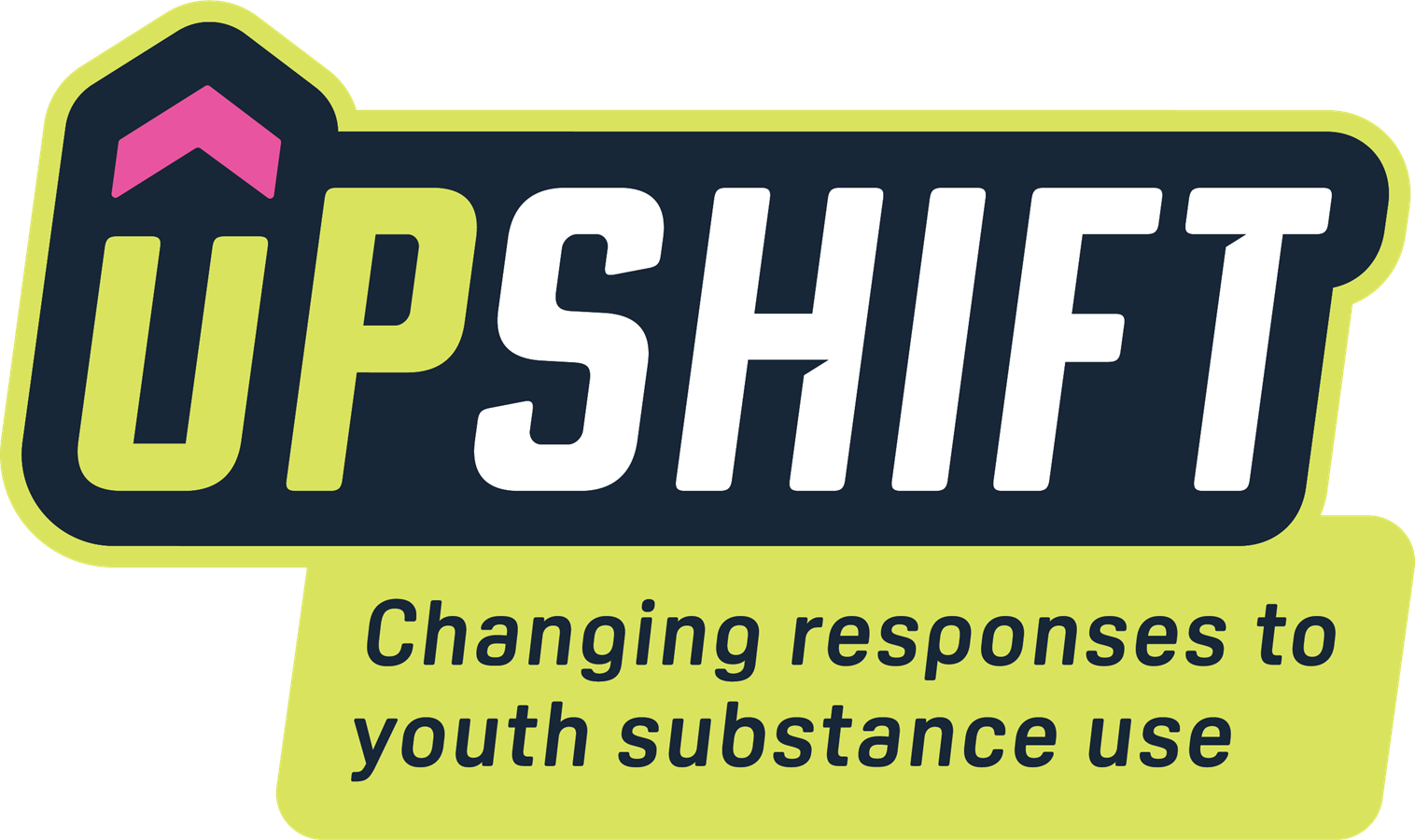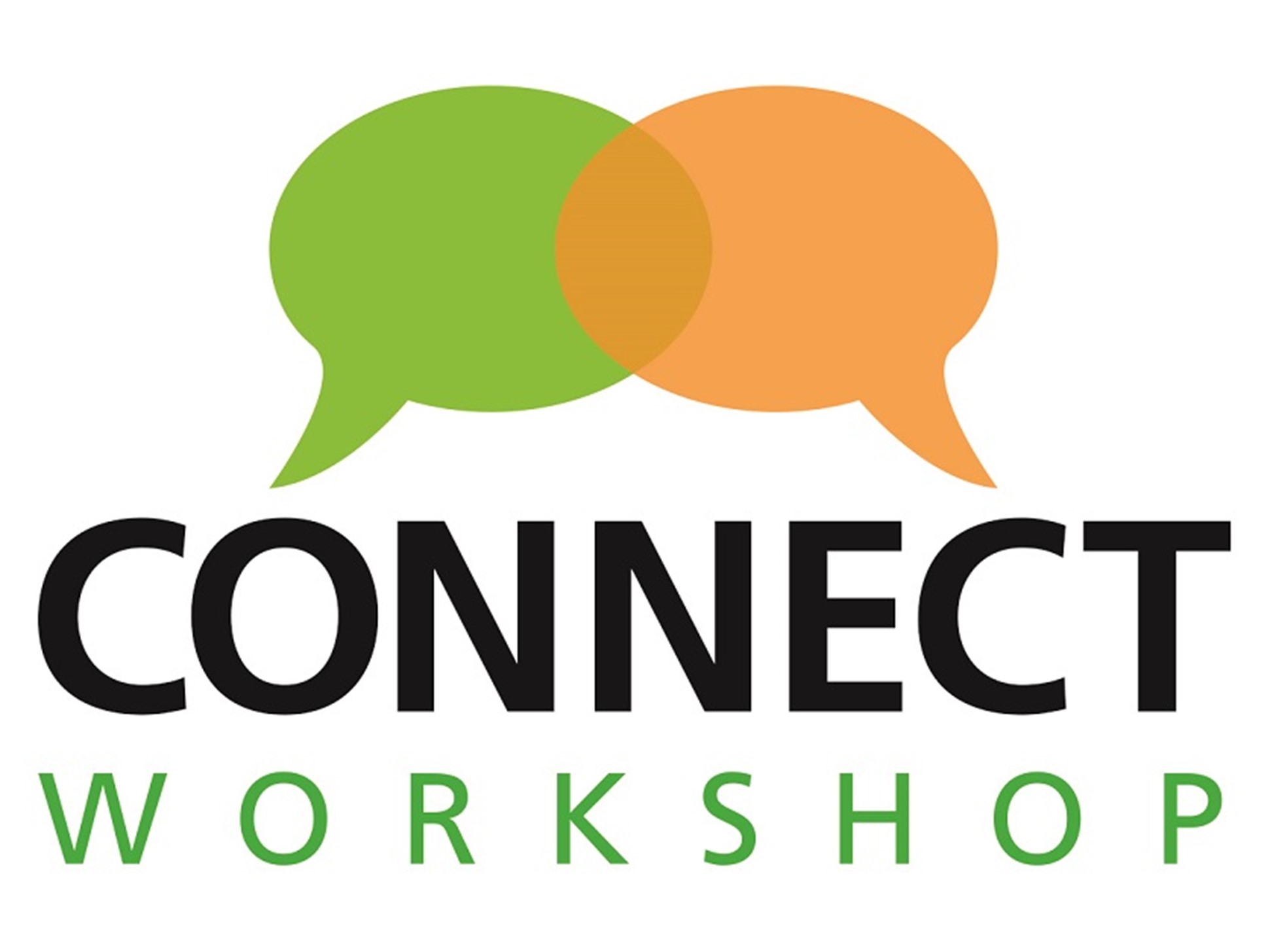Our Priority
The Shared Future Coalition focuses on preventing marijuana use among adolescents. The human brain does not fully mature until the mid-twenties.1 Using marijuana before the brain is fully developed can interfere with the final stages of brain development.2 When youth begin using marijuana during the teenage years, research shows that they are four to six times more likely to develop a marijuana use disorder (also known as cannabis use disorder)3 than people who delay any use until ages 22 to 26.4 Due to limited resources available, the Shared Future Coalition prioritizes marijuana use prevention among people under the age of 21 in order to foster healthy brain development that can have positive impacts on health and wellbeing far into the future.
“…the earlier the exposure the greater the risk.”
Individuals who start using substances during adolecence often experience more chronic and intensive use, and they are at greater risk of developing a substance use disorder compared to those who begin use at an older age. In other words, the earlier the exposure the greater the risk.
The Surgeon General’s Report on Alcohol, Drugs, and Health 2016.
Our Position
The Coalition recognizes that there are many conflicting policies and opinions regarding marijuana use and that the implications of recreational and medicinal marijuana are not well understood. Furthermore, the research is clear that marijuana has the potential to cause both short and long-term health effects.5 Young people, under the age of 25, are particularly susceptible to these effects.6 Adolescent marijuana use may interfere with healthy brain development and reduce thinking, memory, and learning functions.7 Marijuana use by adolescents may also lead to marijuana use disorder.8 It is illegal in Oregon for people under the age of 21 to use recreational marijuana.9 There is also no recommended use of medicinal marijuana for people under the age of 18, except for specific medical conditions as recommended by a medical professional.10
Supporting Data
Cause for Concern




- There is a lack of research regarding the health impacts of marijuana and the parameters of “safe use”.
Cause for Hope



- No smoking policies are expanding to include the prohibition of marijuana use.
Our Solutions
Our high level goal is to prevent marijuana use for people under the age of 21.
The Shared Future Coalition recognizes that the negative impacts of marijuana misuse are not the same for all people in Deschutes County. The Shared Future Coalition strives to meet the needs of those who are at greatest risk of misusing marijuana, as well as the needs of people who are experiencing higher levels of negative impact from marijuana misuse. Young people under the age of 25 and other vulnerable populations are particularly susceptible to the effects of marijuana use, as noted in our position statement.
Example Projects
“UpShift” program in Bend-La Pine Schools and Sisters School District
- All students who violate school district marijuana use policies have access to individualized services designed to stop the progression of marijuana use, or treat cannabis use disorder
- Services offered have been shown to be effective in research studies

Connect Workshop for Parents
- All students who violate school district marijuana use policies have access to individualized services designed to stop the progression of marijuana use, or treat cannabis use disorder
- Services offered have been shown to be effective in research studies

Public Awareness campaign
- “Start the Conversation” – four, 30-second video public service announcements
- Encourages parents to talk with their teens about the potential dangers of marijuana use and of driving while under the influence of marijuana
- Aired as a complement to promotion of the Connect Workshop for Parents

Assessment of community events in Bend (2019-2020)
- Assess availability and promotion of marijuana, community norms, and possible consequences associated with marijuana use among minors and young adults ages 18 to 25
- Qualitative data collection: event observations, key informant interviews, focus groups, digital media scans
- Quantitative data collection: law enforcement data
[1] National Academies of Sciences, Engineering, and Medicine. (2019). Fostering Healthy Mental, Emotional, and Behavioral Development in Children and Youth: A National Agenda. Washington, DC: The National Academies Press. https://doi.org/10.17226/25201
[2] National Academies of Sciences, Engineering, and Medicine. (2017). The Health Effects of Cannabis and Cannabinoids: The Current State of Evidence and Recommendations for Research. Washington, DC: The National Academies Press. https://doi.org/10.17226/24625 .
[3] “The Diagnostic and Statistical Manual of Mental Disorders (DSM–5) has revised the terms of cannabis use disorder defined by nine pathological patterns classified under impaired control, social impairment, risky behavior, or physiological adaptation.” Patel J, Marwaha R. Cannabis Use Disorder. [Updated 2021 Jul 12]. In: StatPearls [Internet]. Treasure Island (FL): StatPearls Publishing; 2021 Jan-. Available from: https://www.ncbi.nlm.nih.gov/books/NBK538131/
[4] Winters, K. C., & Lee, C. Y. (2008). Likelihood of developing an alcohol and cannabis use disorder during youth: association with recent use and age. Drug and alcohol dependence, 92(1-3), 239–247. https://doi.org/10.1016/j.drugalcdep.2007.08.005
[5] Parakh P. (2010). Adverse health effects of non-medical cannabis use. Lancet (London, England), 375(9710), 196–197. https://doi.org/10.1016/S0140-6736(10)60087-6
[6] Winters, K. C., & Lee, C. Y. (2008). Likelihood of developing an alcohol and cannabis use disorder during youth: association with recent use and age. Drug and alcohol dependence, 92(1-3), 239–247. https://doi.org/10.1016/j.drugalcdep.2007.08.005
[7] Crean, R. D., Crane, N. A., & Mason, B. J. (2011). An evidence based review of acute and long-term effects of cannabis use on executive cognitive functions. Journal of addiction medicine, 5(1), 1–8. https://doi.org/10.1097/ADM.0b013e31820c23fa
[8] Hasin, D. S., Saha, T. D., Kerridge, B. T., Goldstein, R. B., Chou, S. P., Zhang, H., Jung, J., Pickering, R. P., Ruan, W. J., Smith, S. M., Huang, B., & Grant, B. F. (2015). Prevalence of Marijuana Use Disorders in the United States Between 2001-2002 and 2012-2013. JAMA psychiatry, 72(12), 1235–1242. https://doi.org/10.1001/jamapsychiatry.2015.1858
[9] Oregon Liquor and Cannabis Commission. (2021). What’s Legal. What’s Legal Oregon. Retrieved November 3, 2021, from http://whatslegaloregon.com/
[10] Oregon Health Authority, Public Health Division. (2021). Oregon Medical Marijuana Program. Oregon Health Authority. Retrieved November 3, 2021, from https://public.health.oregon.gov/DiseasesConditions/
ChronicDisease/MedicalMarijuanaProgram/Pages/index.aspx
[11] Oregon Health Authority. (n.d.). Student Wellness Survey. Health Surveys : Oregon Health Authority. Retrieved November 3, 2021, from https://www.oregon.gov/oha/PH/BIRTHDEATHCERTIFICATES/SURVEYS/Pages/Student-Wellness-Survey.aspx
[12] Miech, R., Johnston, L., & O’Malley, P. M. (2017). Prevalence and Attitudes Regarding Marijuana Use Among Adolescents Over the Past Decade. Pediatrics, 140(6), e20170982. https://doi.org/10.1542/peds.2017-0982
[13] Substance Abuse and Mental Health Services Administration. (n.d.). Comparison of 2008–2009 and 2018–2019 Population Percentages (50 States and the District of Columbia). SAMHSA : Data. Retrieved November 3, 2021, from https://www.samhsa.gov/data/report/comparison-2008-2009-and-2018-2019-nsduh-state-prevalence-estimates
[14] Winters, K. C., & Lee, C. Y. (2008). Likelihood of developing an alcohol and cannabis use disorder during youth: association with recent use and age. Drug and alcohol dependence, 92(1-3), 239–247. https://doi.org/10.1016/j.drugalcdep.2007.08.005
[15] Oregon Health Authority. (2019). 2019 Results : Oregon Healthy Teens Survey. Oregon Health Authority : Oregon Healthy Teens Survey. Retrieved November 3, 2021, from https://www.oregon.gov/oha/PH/BIRTHDEATHCERTIFICATES/SURVEYS/OREGONHEALTHYTEENS/Pages/2019.aspx
[16] Oregon Health Authority. (2018). Student Wellness Survey. Health Surveys : Oregon Health Authority. Retrieved November 3, 2021, from https://www.oregon.gov/oha/PH/BIRTHDEATHCERTIFICATES/SURVEYS/Pages/Student-Wellness-Survey.aspx
[17] Oregon Health Authority. (2018). Student Wellness Survey. Health Surveys : Oregon Health Authority. Retrieved November 3, 2021, from https://www.oregon.gov/oha/PH/BIRTHDEATHCERTIFICATES/SURVEYS/Pages/Student-Wellness-Survey.aspx